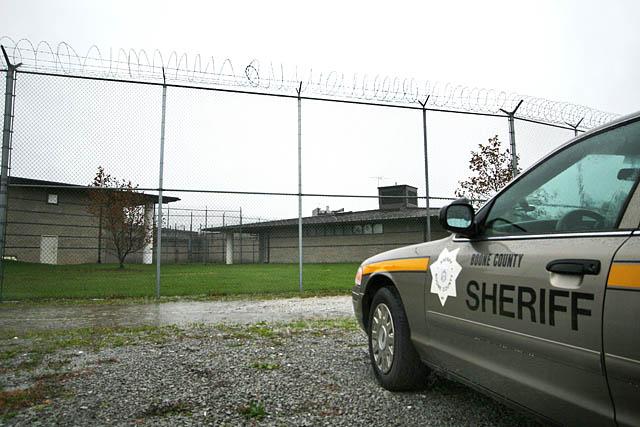In his State of the Judiciary address, State Chief Justice Ray Price called for a reformation of the Missouri prison system, saying prisons are overpopulated with nonviolent offenders.
“We continue to over-incarcerate nonviolent offenders, while we have failed to expand drug courts and other diversionary and re-entry programs to capacity,” Price said in his address. “The result is a state that is not as safe as we want it to be and a waste of taxpayer dollars.”
As of December 2010, Missouri had 30,623 incarcerated persons, which is approximately one in every 250 people.
According to Show-Me Daily, Joseph Eddy of the Missouri Department of Corrections estimates it costs approximately $44.68 per inmate per day, meaning the cost per inmate in Missouri equates to $1,368,235 – or about $500 million a year.
Gov. Jay Nixon proposed $660 million of the state budget be reserved for corrections in Fiscal Year 2011 and increases the amount proposed to $661 million in FY2012. Nixon proposed spending $1.23 billion on higher education in FY2011 and decreasing that amount to $1.11 billion in FY2012.
MU associate law professor S. David Mitchell said treating all drug offenders as the same was a large reason for the overpopulation problem. Mitchell was elected to be a Supreme Court Faculty Fellow and will work with Price in the future.
“One of the reasons is that we are experiencing the result of the consequences of a failed War on Drugs policy, when we changed our focus to locking up and incarcerating drug offenders and traffickers, when we combined them into one group,” Mitchell said. “So we have this overpopulation of nonviolent offenders who shouldn’t be there, basically.”
Frank Bowman, a Floyd R. Gibson Missouri Endowed Professor of Law, said the War on Drugs may have something to do with the overpopulation of Missouri prisons, but he said the majority of people in prison for drug-related crimes were not there for mere possession, but for trafficking.
“By far the overwhelming majority of people who are actually in prison for drug offenses are going to be people who are there for some form of trafficking offense,” Bowman said. “Now if the question is, ‘Is a lot of prison crowding problem attributable to the fact that we incarcerate people for drug cases in the first place,’ then yeah, I think that’s plainly true.”
According to data for FY2009, the Missouri Department of Corrections had a population with 38.1 percent violent offenders, 24.2 percent nonviolent offenders, 18.4 percent drug offenders, 15.4 percent sexual offenders and 3.8 percent DWI offenders.
Bowman said he doesn’t think dividing crimes by whether they were violent or nonviolent is necessarily a good way to look at it.
“I don’t think the category of violent and nonviolent offenders is necessarily a very useful one,” Bowman said. “Sometimes people commit a crime of violence like striking other people, that in my view need incarceration a great deal less than some career fraud criminals.”
Mitchell said he thought incarceration was the wrong approach to handling nonviolent drug offenders. Instead he suggested creating a system of abuse treatment facilities.
“The criminal conduct is merely the symptom of a larger problem, which is their substance abuse,” Mitchell said.








